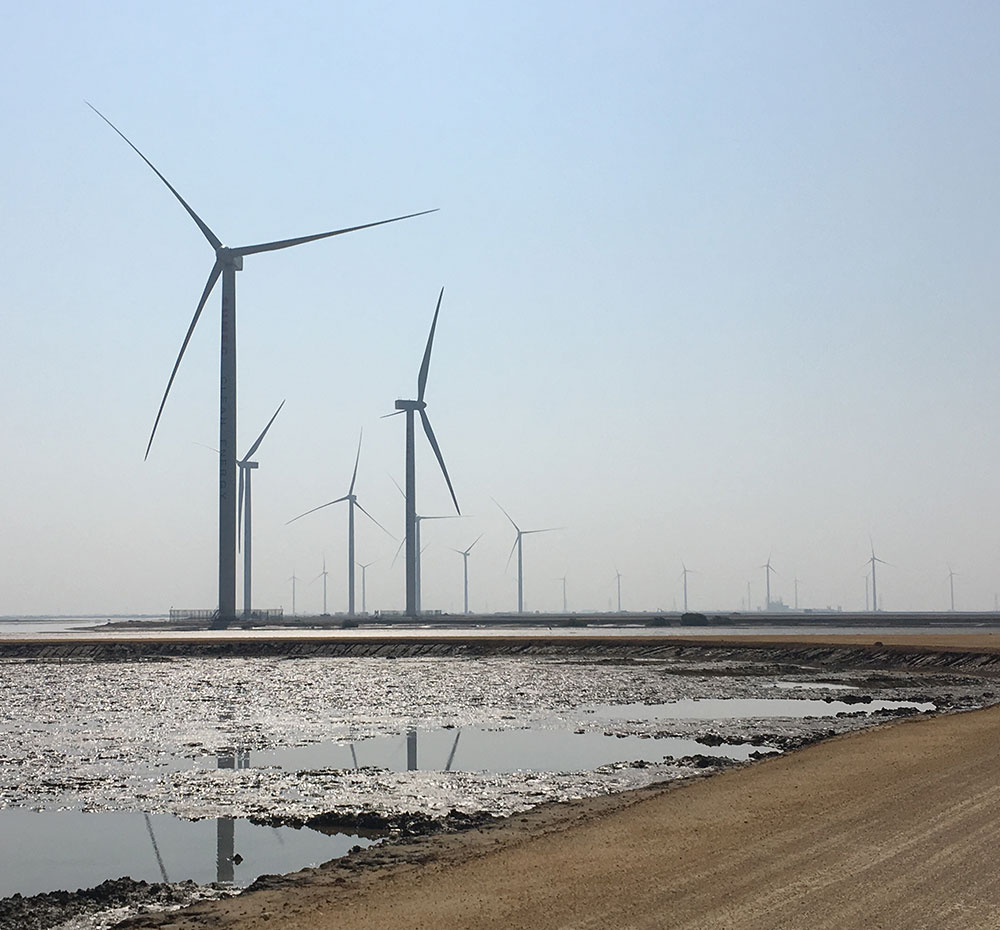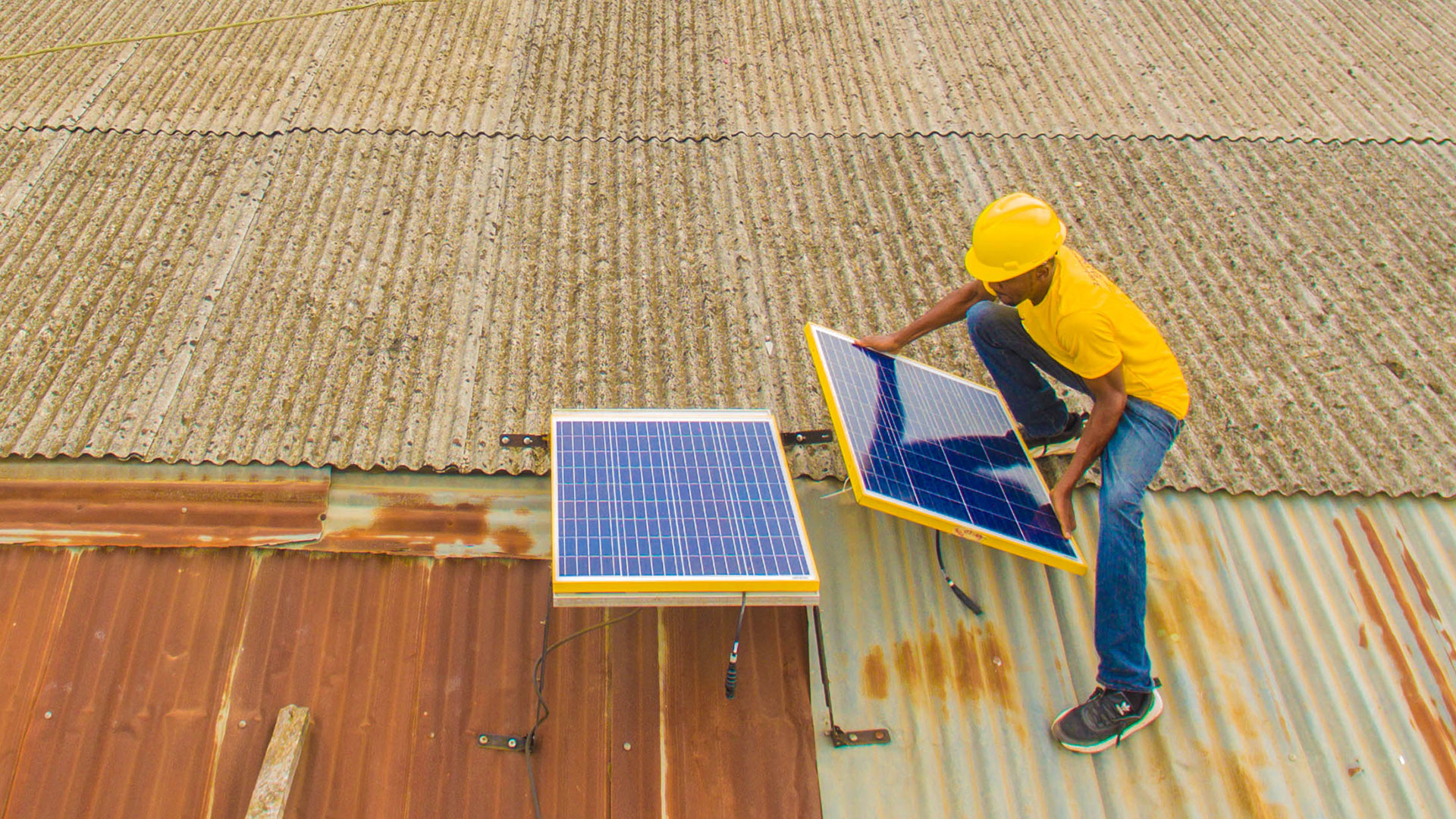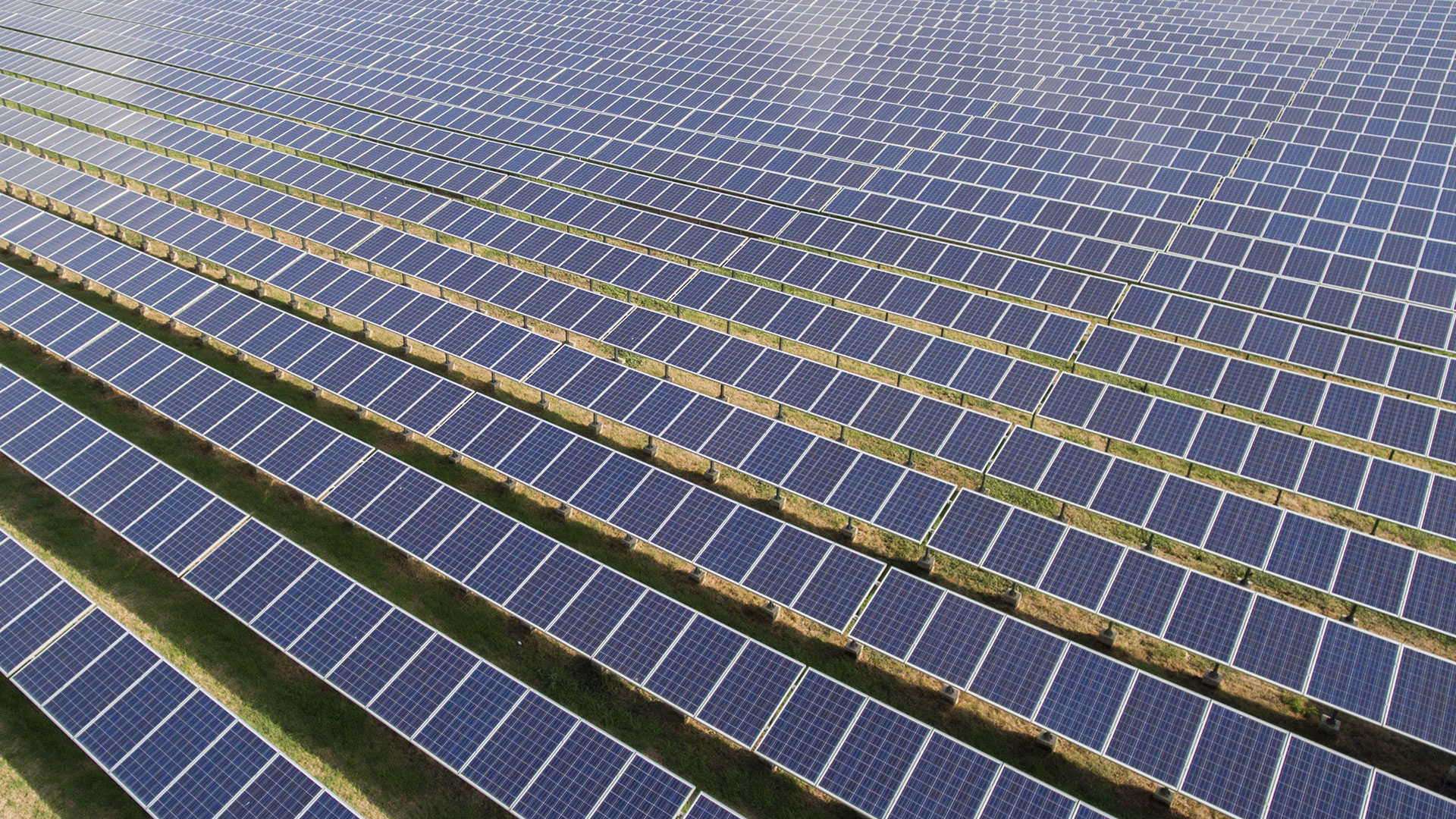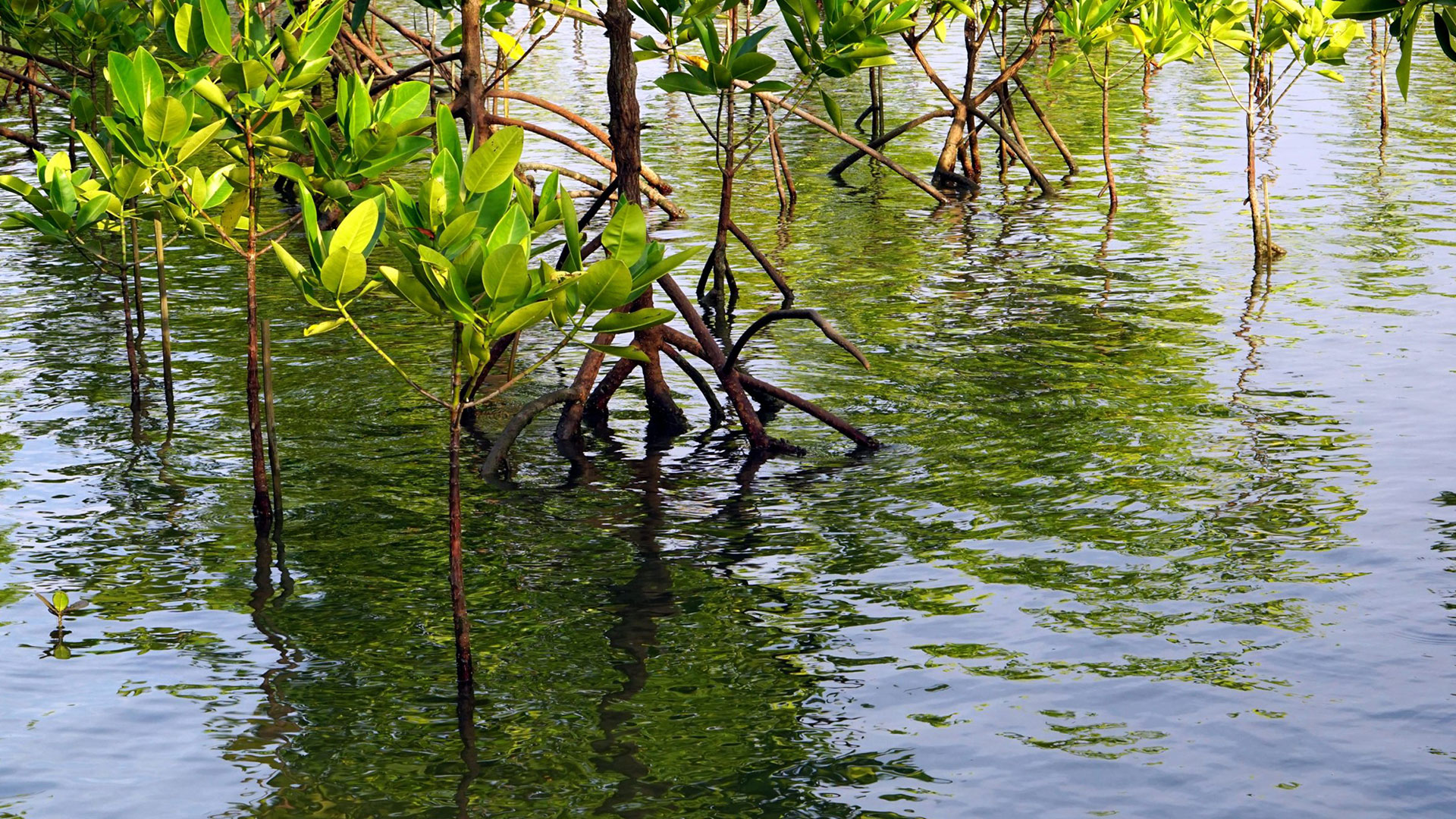
Ones to watch are gamechangers which are in their early stages. Their promising impact to date means we're excited to see how they'll develop.

In tropical and sub-tropical regions, the tangled root systems of dense mangrove forests can be found lining the coasts. Able to store up to four times as much carbon as land-based forests – and 40 per cent faster – they have a vital role to play in the fight against climate change and rising carbon emissions. They make business sense too: mangroves can be up to 50 times more cost-effective than cement seawalls in protecting coastlines against extreme weather. In short, they offer investable ways to improve carbon capture, protect biodiversity, and secure the livelihoods of vulnerable communities in many parts of the world.
Yet, despite their vast potential, mangroves are being lost at an alarming rate worldwide. Due to climate change and urban development, among other factors, they are being destroyed faster than coral reefs and tropical forests.
Our Climate Change Strategy aims to address this. We’re working to ensure all our investments across all sectors are resilient to climate change, by integrating a range of measures, including nature-based solutions such as mangroves.
50x
Mangroves can be up to 50 times more cost-effective than cement seawalls in protecting coastlines against extreme weather


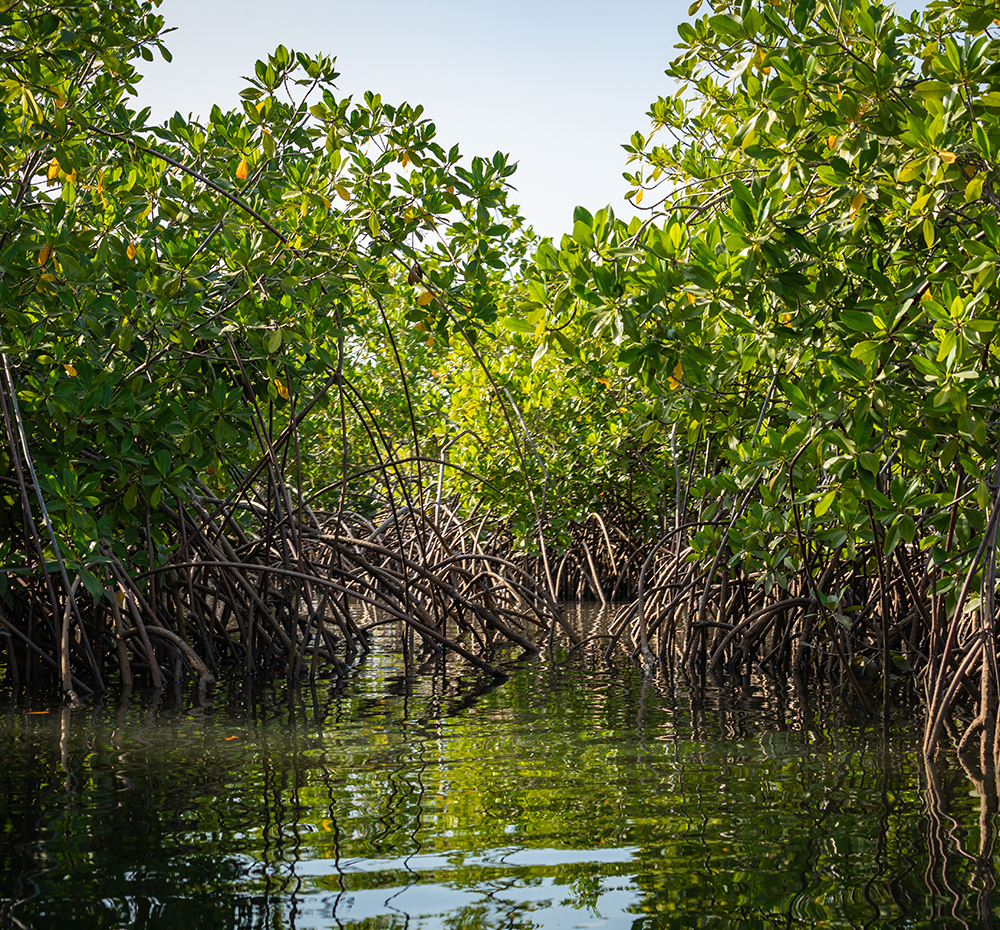
A good example in our portfolio is Zephyr Power, a renewable energy company in Pakistan developing a wind-power plant. In a tidal and coastal location with rising sea levels, the plant may be exposed to increased flooding over time. To help tackle this, we’ve worked with the company to implement a mangrove restoration programme, which will build resilience to climate change while creating economic opportunities for the local community.
Research shows this project could save 20 times the value of the investment, as the mangroves will protect the wind farm’s physical infrastructure against coastal erosion. As well as potentially saving up to US$7 million over the project’s 25-year timeframe, this could double the income of local communities as fishermen see an increased catch. It’s just one way we’re including nature-based solutions in our investment decisions – and seeing a powerful combination of environmental, economic and social benefits as a result.
We identified climate adaptation and resilience as one of the priorities of our Climate Change Strategy. That includes ensuring all our investments are resilient to climate change and working with companies to help them achieve that – as is the case at Zephyr Power.
$7 million
The mangrove restoration project at Zephyr Power could save up to US$7 million over the project’s 25-year timeframe


